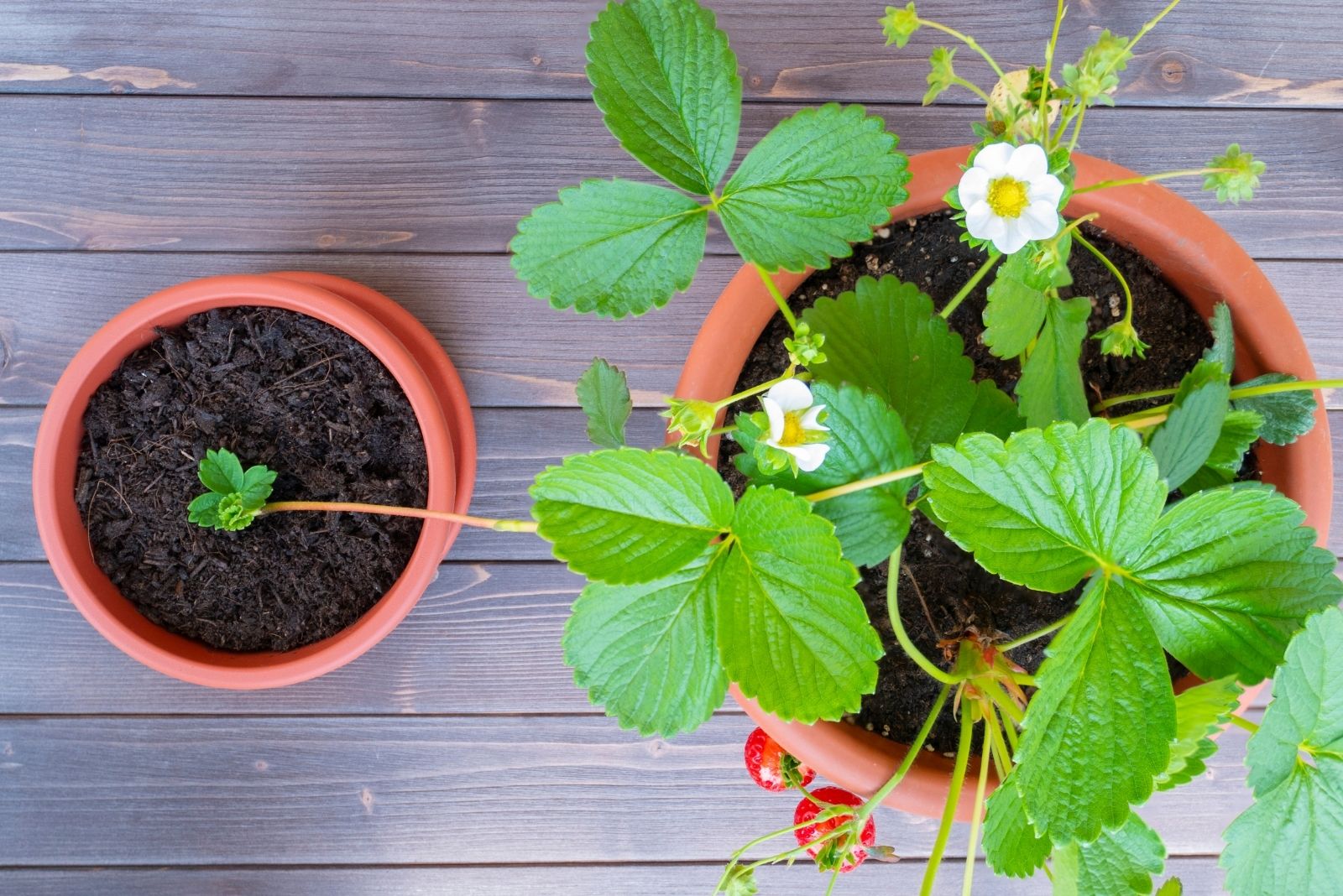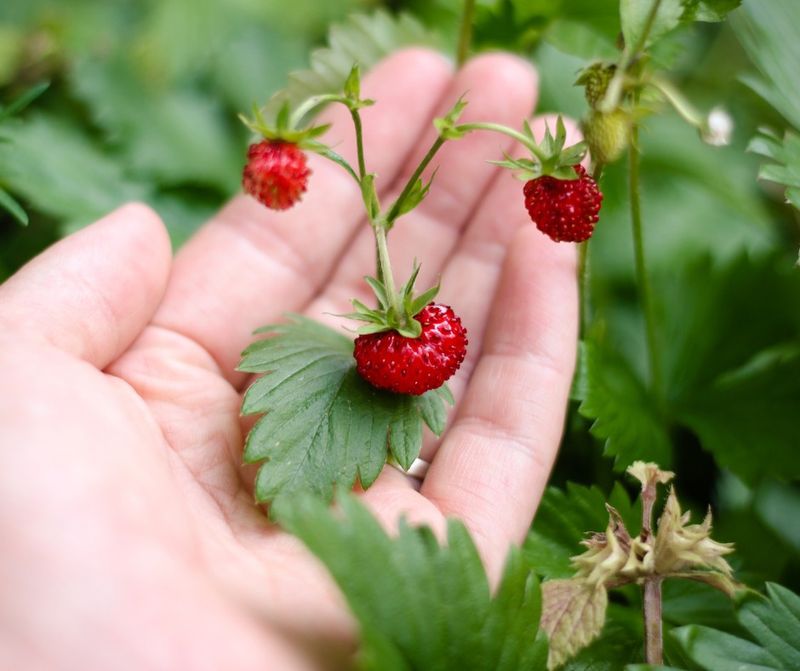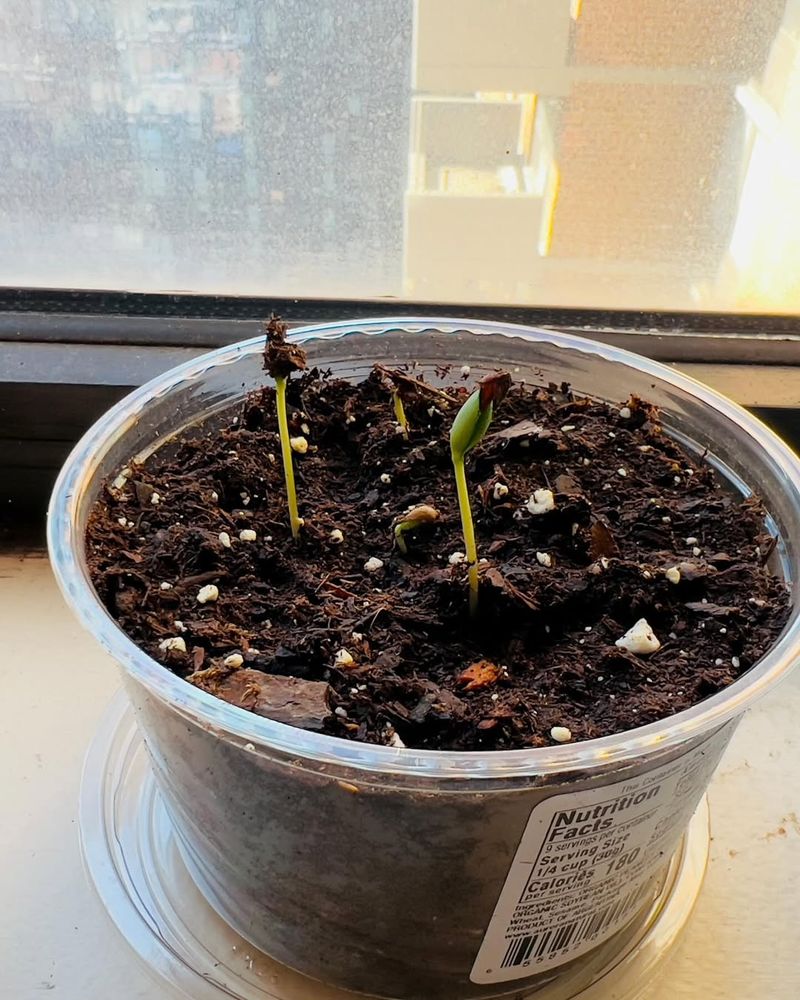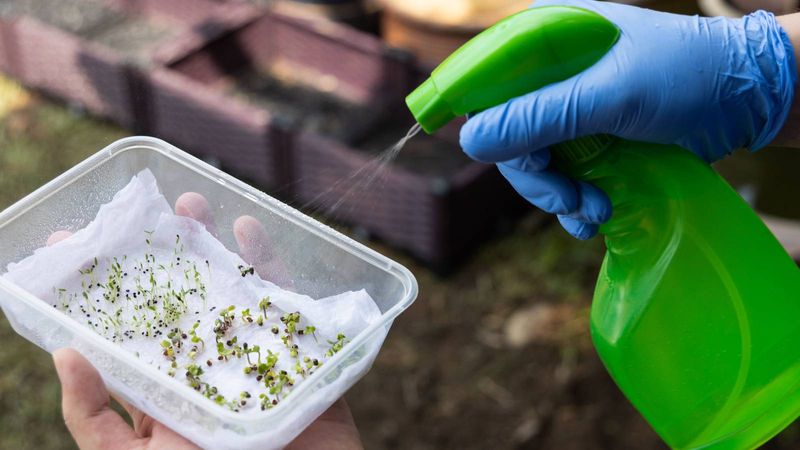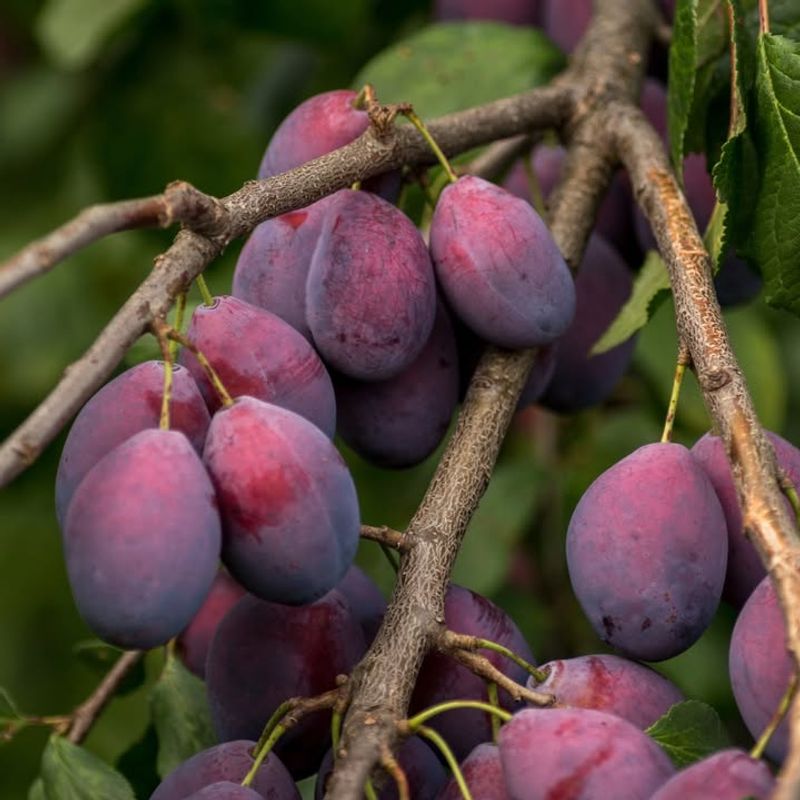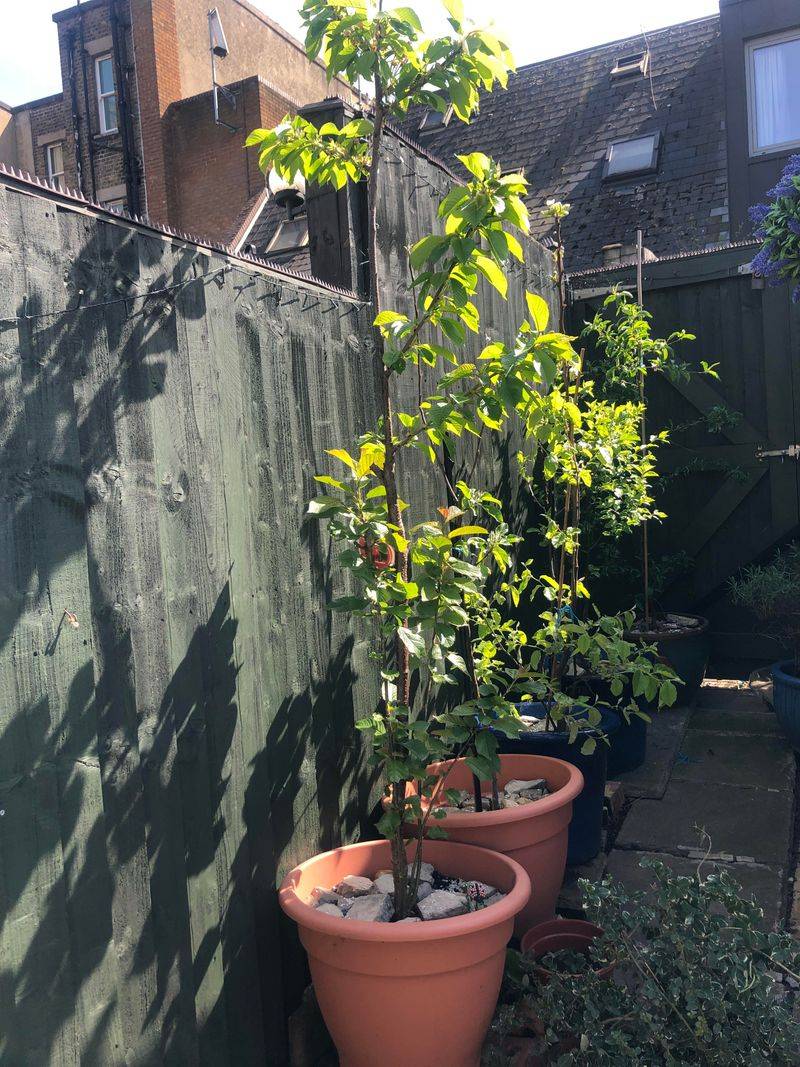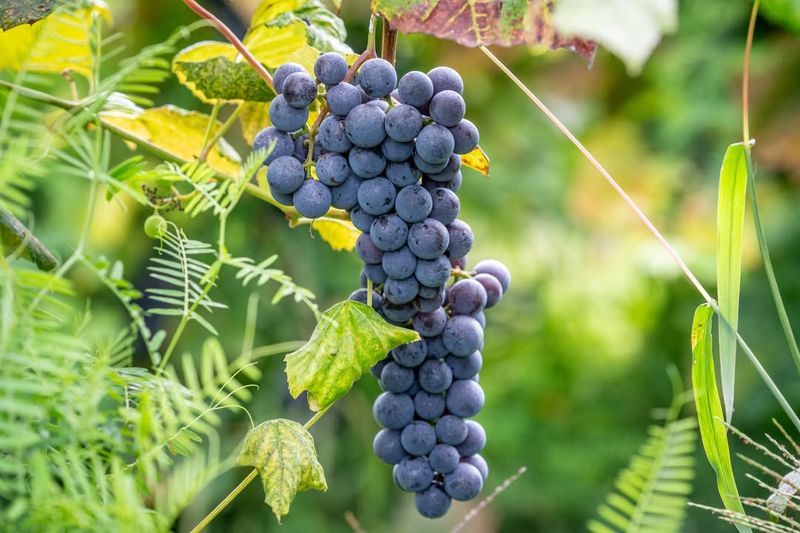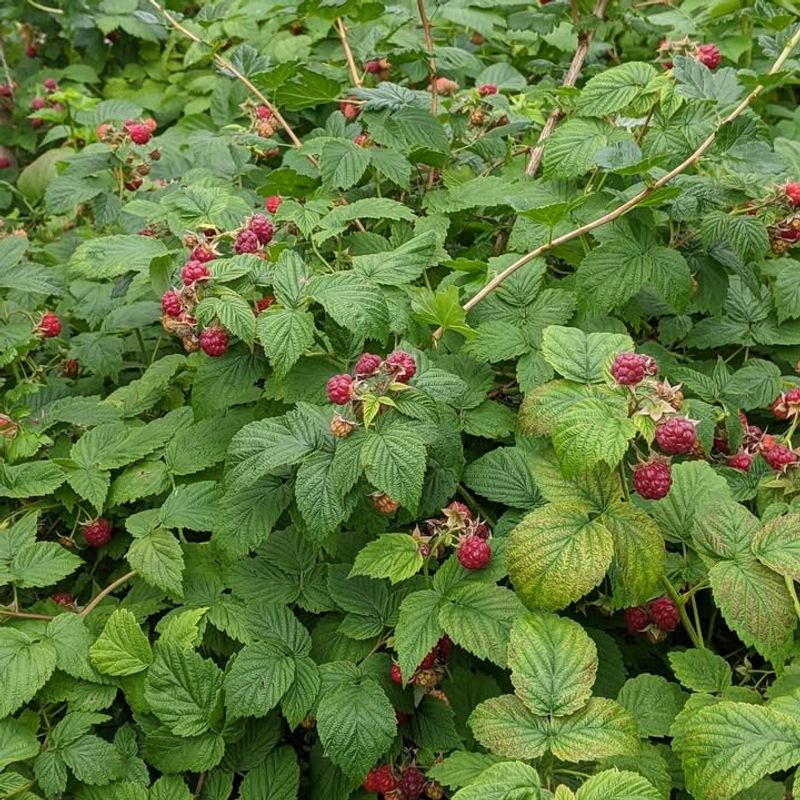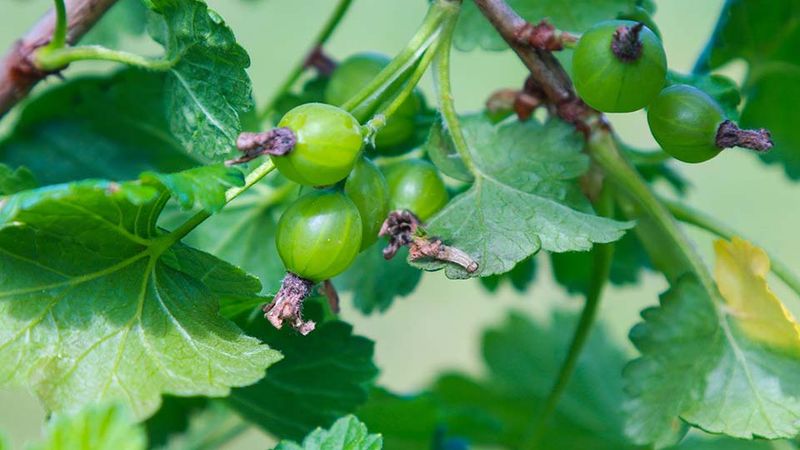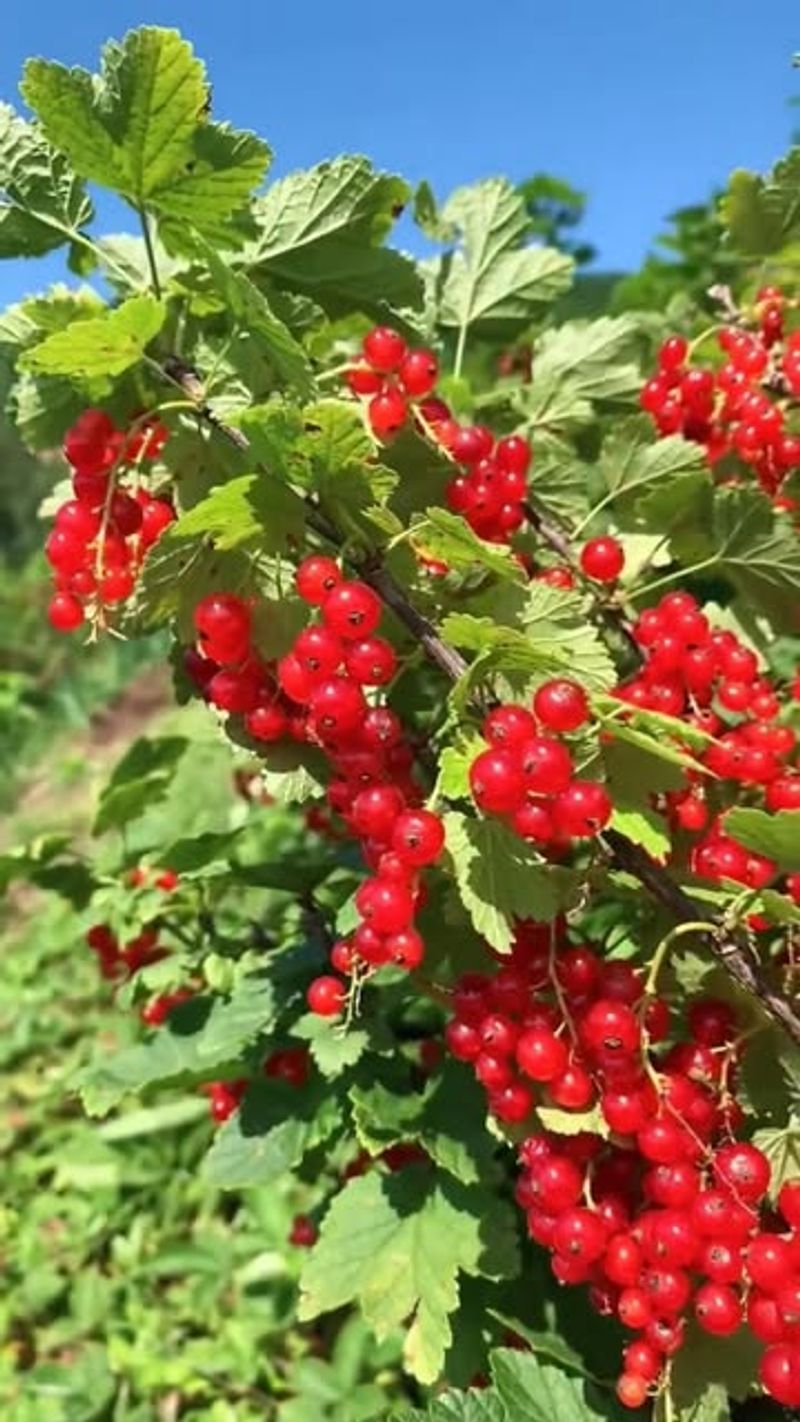As autumn approaches in Minnesota, many gardeners think the growing season is winding down. But October actually offers perfect conditions for starting certain fruit seeds.
The cooling soil temperatures and increased moisture create ideal conditions for germination, while giving seeds time to establish before winter. Let’s explore nine fruits you can plant from seed right now in your Minnesota garden.
1. Strawberries That Sprout Well From Seed
Alpine strawberries are surprisingly easy to start from seed in October. I’ve found they establish strong roots before winter in Minnesota’s climate, giving them a head start next spring.
Seeds need light to germinate, so press them gently onto moist soil without covering. Keep the soil consistently damp during the germination period, which typically takes 14-21 days in cooler fall temperatures.
For best results, start them in containers you can bring indoors during extreme cold. My neighbor’s strawberries planted last October produced a modest but sweet harvest by June the following year.
2. Apples Started Indoors For Future Transplants
Saving seeds from locally grown Minnesota apples gives you a chance to grow trees adapted to our climate. Cold stratification happens naturally when you plant in October, mimicking nature’s winter preparation process.
Extract seeds from ripe apples and rinse them thoroughly to remove the sugary pulp. Plant them about half an inch deep in individual pots with well-draining soil mix. Water gently but thoroughly.
Keep in mind that apple trees grown from seed won’t produce the same variety as their parent. I started three apple seeds last fall and enjoyed watching their unique characteristics develop through spring.
3. Pear Seeds Requiring Cold Stratification
Minnesota’s October weather provides the perfect natural cold stratification for pear seeds. The gradual cooling temperatures mimic what happens in nature when fruit drops and seeds prepare for winter dormancy.
Collect seeds from ripe pears and clean them thoroughly before planting. Plant them about an inch deep in well-draining potting mix, and place containers in a protected outdoor area like under a deck.
Last year, I planted Asian pear seeds in October and was amazed at how vigorously they sprouted in spring. Remember that seedling pears need 5-7 years before bearing fruit, but they’re worth the patience.
4. Plums Adapted To Minnesota Winters
Native wild plum seeds are perfectly suited to our harsh Minnesota winters when planted in October. They’ve evolved to withstand our climate and will develop into hardy, productive trees with minimal care.
Clean the seeds thoroughly and nick the hard outer shell slightly to help with germination. Plant them 2 inches deep in well-draining soil, either in the ground or in deep containers.
My experience with wild plum seeds has been remarkably successful. The trees develop extensive root systems during fall and winter, emerging strong in spring. Wild plums also attract beneficial pollinators to your garden.
5. Cherries You Can Begin In Containers
Tart cherries like the North Star variety have seeds that germinate reliably when started in October containers. The seeds benefit from Minnesota’s natural cooling cycle while protected in containers from extreme temperature fluctuations.
Remove seeds from fully ripened cherries and clean off all fruit flesh. Soak them in water for 24 hours before planting about an inch deep in potting mix. Water thoroughly after planting.
During my years gardening in central Minnesota, I’ve found that cherry seedlings develop stronger root systems when started in fall. Position containers where they’ll receive natural moisture from autumn rains but protection from harsh winter winds.
6. Grapes That Handle Northern Climates
Cold-hardy grape varieties like Frontenac produce seeds that adapt well to Minnesota’s growing conditions when planted in October. The seeds need exposure to winter chill for proper germination in spring.
Collect seeds from fully ripened grapes and clean them thoroughly. Plant them half an inch deep in small pots with well-draining soil. Place the pots in a sheltered outdoor location where they’ll receive natural precipitation.
Growing grapes from seed has been a fascinating experiment in my Minneapolis garden. While they take 3-4 years to produce fruit, the vines develop remarkable cold hardiness when started from locally adapted seeds in fall.
7. Raspberries Grown From Collected Seeds
Fall-bearing raspberries offer perfect timing for seed collection and immediate planting in October. Minnesota gardeners can take advantage of this natural cycle to establish new plants for next year.
Gently crush ripe berries and rinse them in a fine mesh strainer to separate the tiny seeds. Spread them thinly on the surface of moistened seed-starting mix and barely cover with a fine layer of soil.
From my experience in the St. Paul area, raspberry seedlings emerge stronger when they’ve gone through natural winter dormancy. While propagating from canes is more common, seed-grown raspberries often develop interesting characteristics from genetic variation.
8. Gooseberries Suited For Small Spaces
Pixwell gooseberries have seeds that germinate well when planted in October in Minnesota gardens. Their compact growth habit makes them perfect for small urban spaces while still producing abundant fruit.
Extract seeds from fully ripened berries and rinse thoroughly before planting. Sow seeds 1/4 inch deep in containers filled with moist potting mix. Place containers where they’ll receive morning sun but afternoon shade.
When I started gooseberry seeds last October in my Duluth garden, they developed excellent root systems during winter. The natural freeze-thaw cycles of Minnesota’s spring helped break seed dormancy naturally, resulting in strong seedlings by May.
9. Currants As Hardy Fall Starters
Red Lake currants produce seeds that establish exceptionally well when planted in October across Minnesota. Their natural cold hardiness makes them ideal candidates for fall seeding in our northern climate.
Separate seeds from ripe currants and clean them thoroughly before planting. Sow them 1/4 inch deep in containers with good drainage. Water gently but thoroughly after planting to ensure good soil contact.
My garden in Rochester has thriving currant bushes that started as October-planted seeds three years ago. The natural cold stratification of Minnesota winters seems to produce stronger plants than those started with artificial stratification methods indoors.

